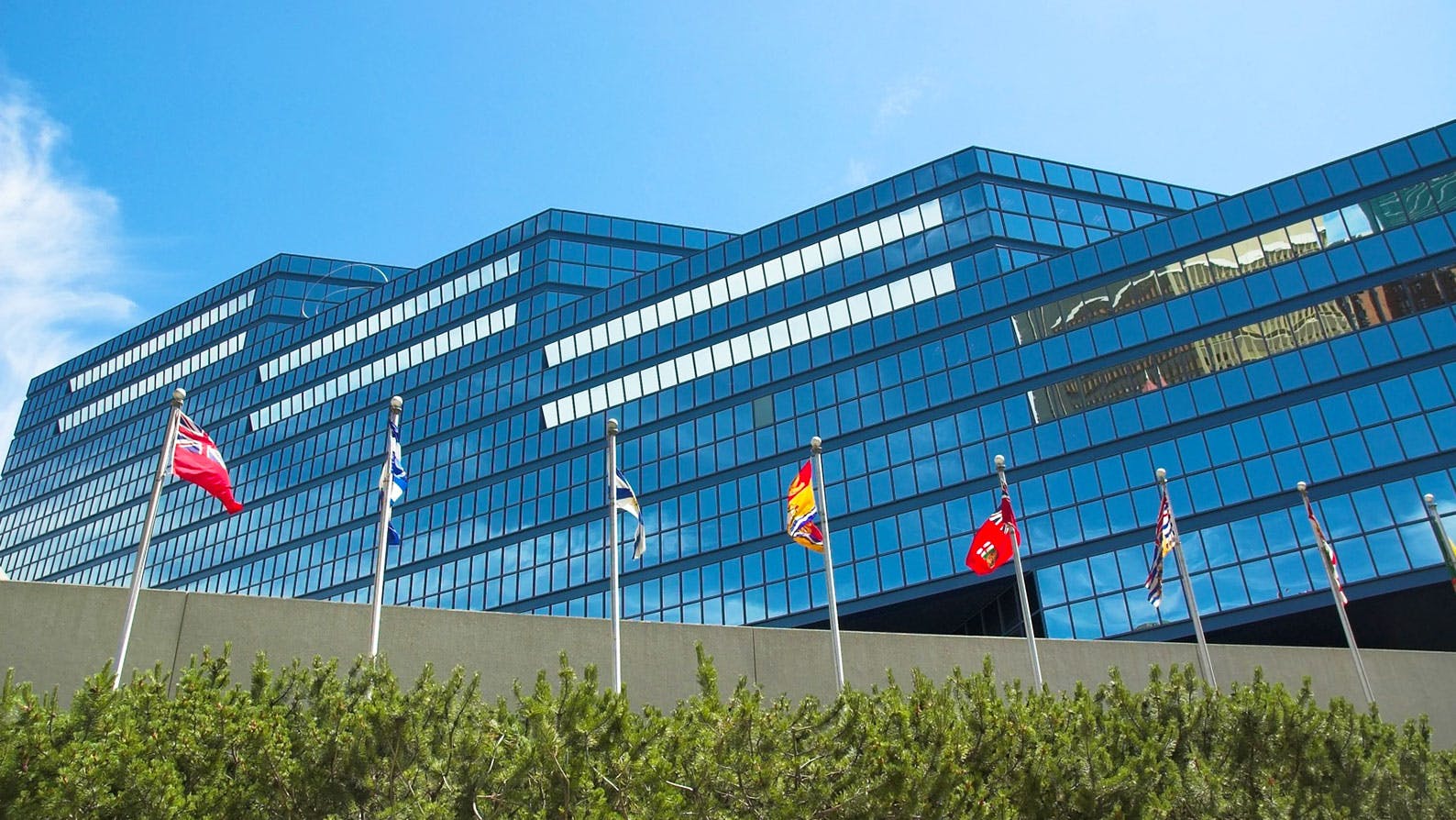March 5, 2019
In the upcoming weeks, the City Council is expected to detail its plan to tackle the rising burden of property taxes on businesses in our city. Property taxes in Calgary have seen the largest hikes among major cities in Canada for the last two years. The tax increases are a result of the loss of assessed value in the downtown core which has primarily been caused by high vacancy rates. At the end of 2018, the overall vacancy rate downtown was 26.4 per cent, the highest among major Canadian cities. This vacancy has created a shift of tax burden to businesses in other parts of the city. The Chamber has been working with the City to address both the rising 2019 tax burden, and the long-term structural issues with the property tax system.
In November, the City took some steps, indicating that they would cap 2019 property tax increases at 10 per cent while continuing to look for ways to further reduce the increases. For the first time, the City also voted to assign different tax rates to the residential and non-residential tax bases, shifting some of the burden to residential properties. While this will be beneficial to some businesses the fact is that following two years of significant property tax increases, a further 10 per cent increase is too high, and the Chamber continues to work with the City to reduce the 2019 tax burden.
As this is the third year in a row that businesses in Calgary are facing significant increases in property taxes and the City clearly needs to find a long-term solution. The increased cost of running a business in Calgary has already caused many businesses to close their doors for good, with others struggling to keep their doors open.
The City has brought the Calgary Chamber to the table and last month we hosted a round-table with City Manager Jeff Fielding and key members of the administration.
After meeting with the Chamber and business leaders, city administration prepared a report identifying some possible short, medium and long-term solutions. Unfortunately, the recommendations that have been put forward by the City do not adequately address the issue. If the City only takes the steps that have been outlined, by 2022 Calgary would be on track to have the highest non-residential to residential property tax ratio of any major city in Canada. Increasing non-residential property taxes hurt business competitiveness and could result in companies and jobs leaving Calgary, directly impacting households across the city.
The report was discussed at the City’s Priorities and Finance Committee on March 5th and recommendations will be brought forward to city council on March 18 for debate. We look forward to continuing to work with councillors to ensure the City takes the urgent action that is needed to resolve the structural problems with our property tax system.
The time for tinkering is over. While we appreciate that transferring taxes onto homeowners may be politically difficult for City Council, we understand that there may be some measures that can be taken to reduce increases on residents. The alternative is a further erosion of business competitiveness in Calgary and household vibrancy. The business community is looking for meaningful actions from the City to address the issue in the short, medium and long-term.
Short-term (2019 Property Taxes)
The City needs to cap 2019 non-residential tax increases to no more than five per cent. This should involve the continued use of the Phased Tax Program along with a continued focus on finding savings and efficiencies within government operations.
Medium-term
The City should look at a strategy to sell city-owned land. Divesting from public ownership to private would increase the tax base for the City while creating revenues from land sales that can be used for tax relief for struggling Calgary businesses.
Long-term and ongoing strategies
The City needs to reduce the non-residential to residential property tax ratio. In 2018, Calgary had one of the highest ratios of non-residential to residential taxes at 3.93:1. Although Council has taken the first step to create a shift in the tax burden, the ratio must be reduced to a more equitable level in the long-term. The Calgary Chamber recommends Council look to reduce the ratio to 3:1 by the end of the current council’s term (2021) with further reductions by 2023 to a locked in long-term ratio of 2.8:1. This would make Calgary competitive with other large cities in Canada, reducing a barrier to business growth in Calgary.
Calgary businesses have carried the lion’s share of the property tax load for years now and headed into 2019 this is projected to increase even further. What we are asking is simply to bring the property tax ratio to a place that is competitive with other cities like Edmonton and Toronto.
While this could mean an extra $30 – $40 per year for residential owners, we also understand that the City is working to find measures that would help cap the increases of taxes that are shifted onto residents.
Moving forward
There are several strategies that the City should explore to reduce this ratio. First and foremost, the City needs to look at reducing its own operational spending. While we recognize that this is an ongoing process, the City must take significant action to reduce operations spending and use the savings that are found to offset property tax increases.
Tackling the property tax issue in our city will need a focused effort using multiple levers. The Calgary Chamber appreciates that the City has been listening to the concerns of the business community. This is a problem that does not have an easy solution, and we need the City and the business community to continue working collaboratively to resolve it.
The Chamber issued a media release on March 4th with a full list of recommendations.





